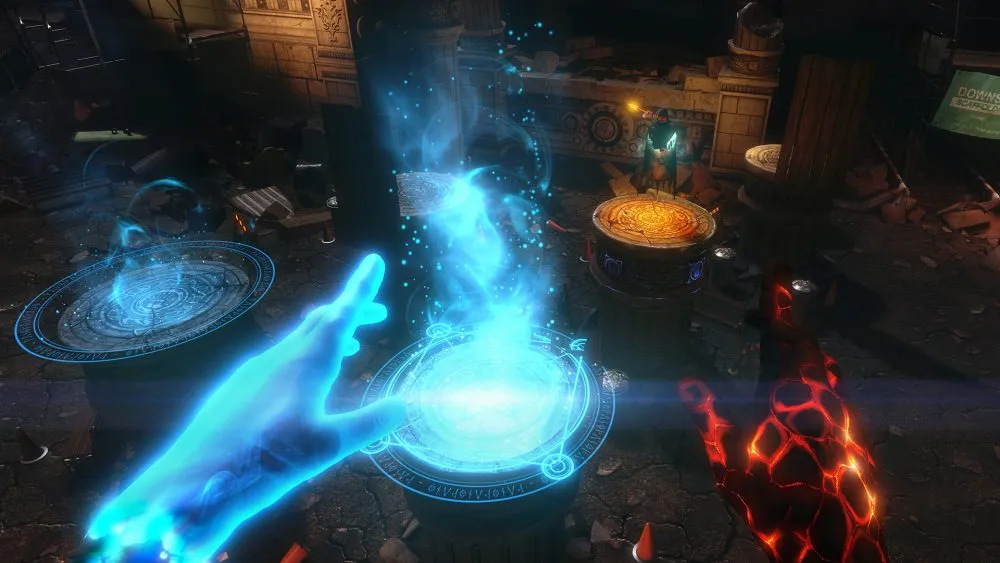If there’s one problem we’re most desperate for VR to solve right now it’s locomotion. Finding a means of movement that keeps players comfortable but retains immersion is one of the biggest challenges the industry faces. In fact, Oculus thinks an “end all, be all” solution is still “years away”.
Executive Producer David Yee said as much to me in a recent interview at the company’s Media Days event in the UK. There, I saw a range of VR experiences using a variety of locomotion options: Lone Echo has you throwing yourself through zero gravity, Brass Tactics has you pulling yourself across a map, Arktika.1 has standard teleportation, The Mage’s Tale moved me forward in tiny steps and From Other Suns has its own unique spin on comfort mode as well as traditional stick-based movement. I found it curious that Oculus Studios wasn’t enforcing any movement standards across its suite of titles, some of which are very similar.
Yee said that figuring out the perfect solution was still far off as “we don’t understand how the brain works in terms of what’s comfortable or how people are acclimatizing”, but added that “the industry will decided what that standard is” and not Oculus itself.
“If you think back 15 years ago, like first person shooters, those were uncomfortable for many people playing them even on the TV,” Yee said. “On a 2D set using a controller, people get motion sick because they weren’t used to maneuvering the world with their camera especially when we switched from keyboard and mouse to controller where the thumb stick is not as one to one as a mouse movement is.”
That comparison, Oculus hopes, will follow through to the stage where people did acclimatize to first-person games. “There are standards to be had but no one gets to decide those,” Yee said. “The market gets to decide those.”
Don’t hold your breath if you’re waiting for the magical solution to moving inside VR any time soon.



























